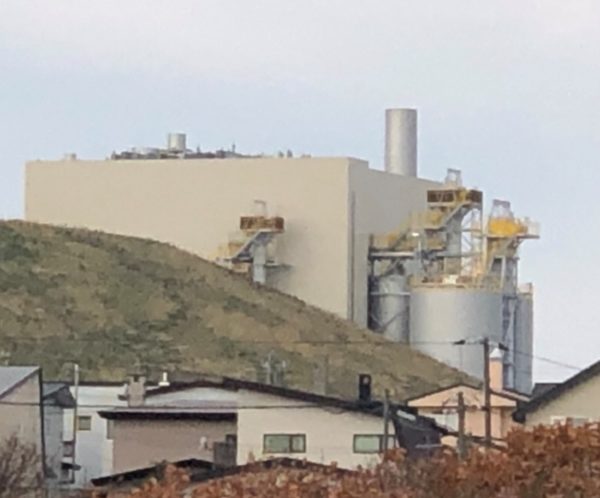The coal-fired power plant planned for Kushiro City, which was scheduled to start commercial operation on November 1, 2020, is not in full operation as of the end of November. It appears that IDI Infrastructures, Inc. (IDI-I), the company that funds plant developer Kushiro Thermal Power Plant, Inc., has been experiencing instabilities, and there have been periods where IDI-I was not able to be contacted and its website was offline. Additionally, IDI-I unexpectedly announced in October that its president would be replaced by Hideki Araki of Daiwa Securities Co.Ltd.
According to No Coal Kushiro, there have been a series of grievances communicated from local residents to both IDI-I and Kushiro City Hall. Complaints state that the noise and vibrations during the power plant’s test runs were so bad that they couldn’t sleep at night, and that there is terrible noise during times when the 10-ton truck is carrying coal from the depot to the power plant.
The Kushiro Power Station will operate at a scale of 112MW, a scale intentionally just small enough to slip past a nationally-mandated environmental impact assessment.* It utilizes Sub-C (subcritical pressure) power generation technology, considered and often referred to as “inefficient coal-fired power generation” equipment. Neither IDI-I nor Kushiro Thermal Power Plant Inc. has released any information regarding when the plant will begin operation, but in order to address the climate crisis and end the environmental problems experienced by local residents, it is necessary to reconsider and cancel the project before it begins full-scale operation.
* Under Japan’s Environmental Impact Assessment Act, thermal power plants of 112.5 MW or more are subject to a mandatory environmental impact assessment. However, a number of coal-fired power plants that have proceeded with plans for facilities at a scale just barely below this target scale have surfaced since 2015.

